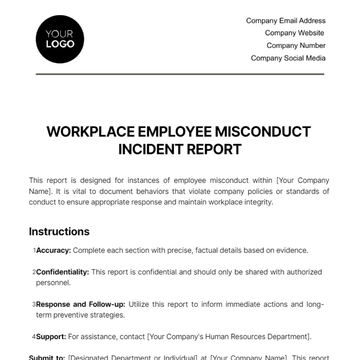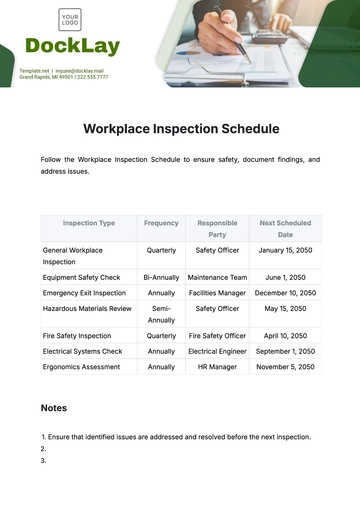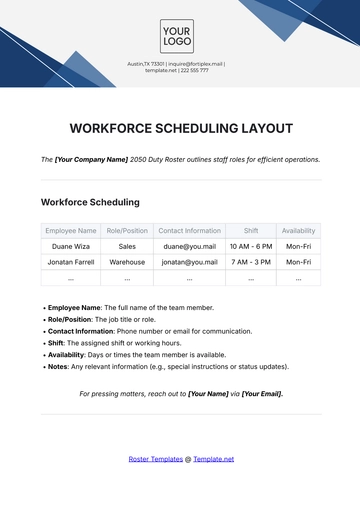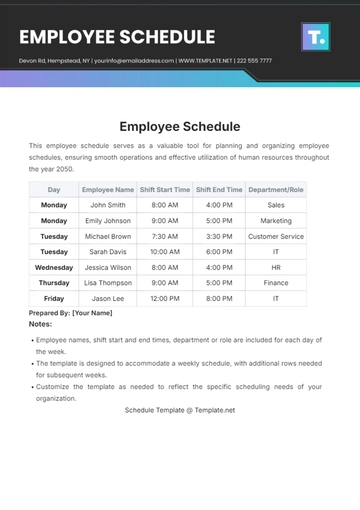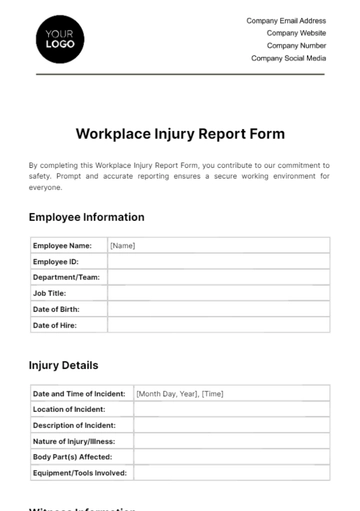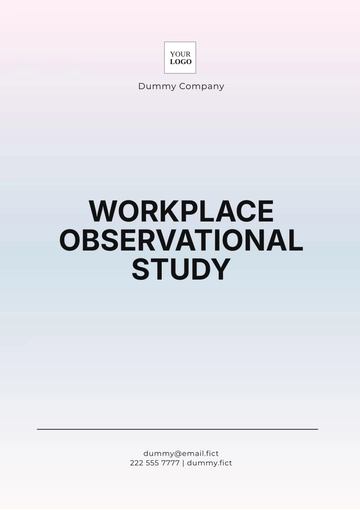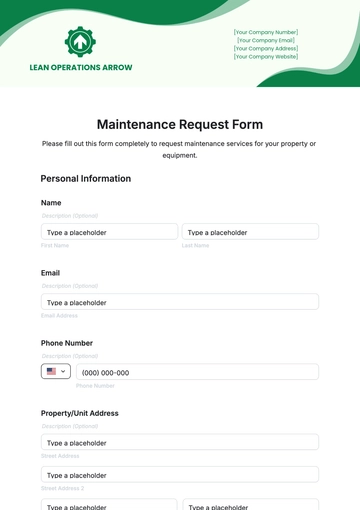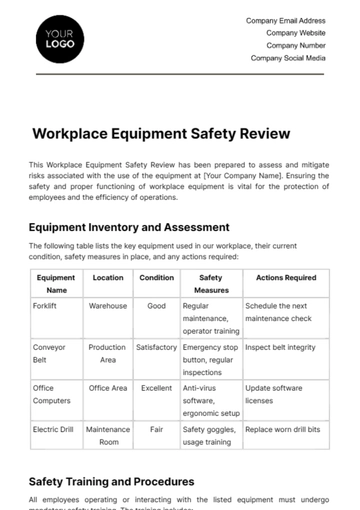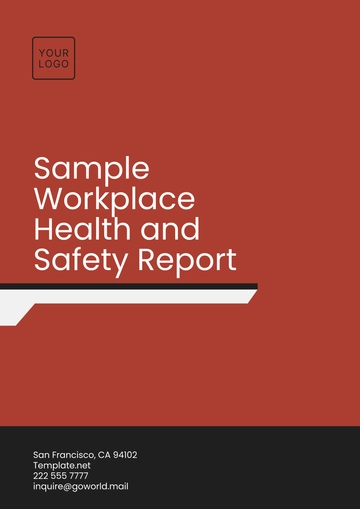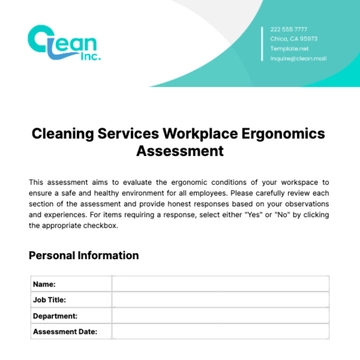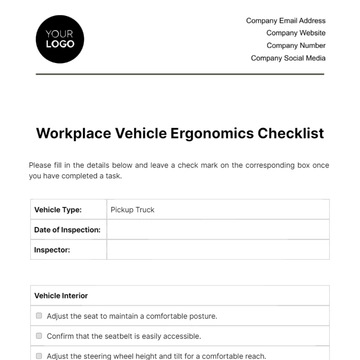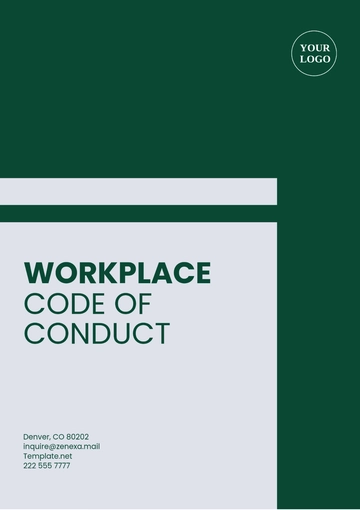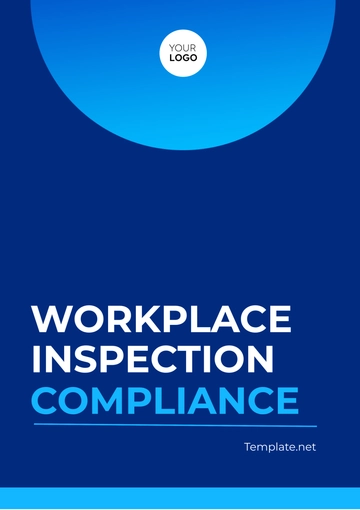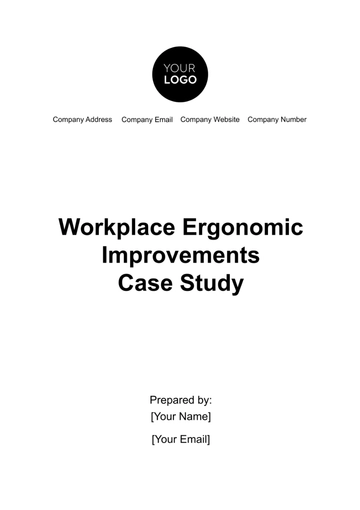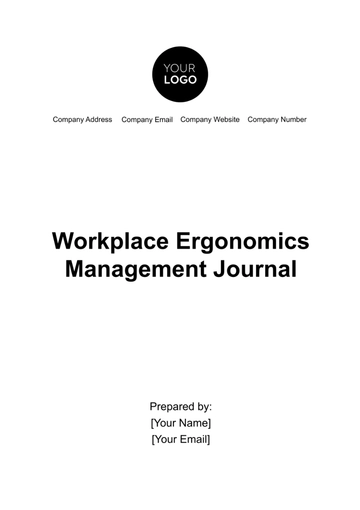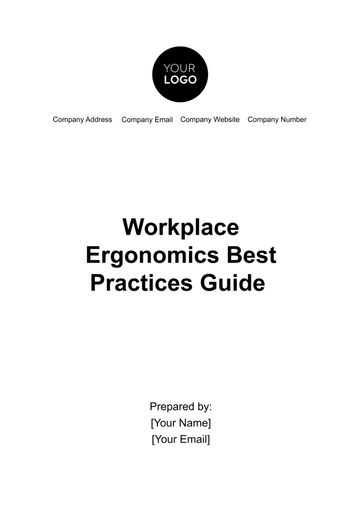Free Workplace Ergonomics Leadership Guide

I. Introduction
Purpose of the Guide
This guide is designed as a resource for implementing and managing ergonomic practices in the workplace. It aims to provide organizational leaders, safety officers, and employees with the necessary knowledge and tools to create a safer, more comfortable, and productive work environment. By emphasizing the importance of ergonomics, this guide seeks to reduce workplace injuries, enhance employee well-being, and ultimately contribute to the overall success of the organization.
Scope
This guide covers a broad range of topics within the field of workplace ergonomics, from understanding basic ergonomic principles to implementing advanced ergonomic solutions. It is tailored to suit a variety of workplace settings, ensuring relevance and applicability across different industries. The guide also addresses legal and ethical considerations, ensuring that the ergonomic initiatives are compliant with regulatory standards and ethically sound.
II. Understanding Ergonomics
A. What is Ergonomics?
Ergonomics is the scientific discipline concerned with understanding the interactions among humans and other elements of a system. It applies theory, principles, data, and methods to design in order to optimize human well-being and overall system performance. In the workplace, ergonomics primarily deals with ensuring that work environments and systems complement the strengths and abilities of workers, minimizing the risk of injuries and enhancing productivity.
B. The Benefits of Ergonomic Practices
Implementing ergonomic practices offers a multitude of benefits for both employees and employers. For workers, ergonomic solutions can significantly reduce the risk of musculoskeletal disorders (MSDs), which include ailments such as carpal tunnel syndrome, tendonitis, and lower back injuries. For employers, the benefits include reduced absenteeism, lower healthcare costs, and increased productivity. The table below summarizes these benefits:
Benefit for Employees | Benefit for Employers |
Reduced risk of MSDs | Lower healthcare costs |
Increased comfort | Reduced absenteeism |
Enhanced job satisfaction | Increased productivity |
Improved health and wellness | Better quality of work output |
III. Ergonomic Risk Factors
A. Identifying Risks
Ergonomic risks in the workplace are often related to physical strain and environmental factors. These include repetitive motions (like typing or assembly line work), awkward postures (such as bending or twisting), forceful exertions, and environmental factors like poor lighting or excessive noise. Identifying these risks involves a careful analysis of the workplace environment and employee feedback. Ergonomic risk assessment tools, such as the Rapid Upper Limb Assessment (RULA) or the Occupational Repetitive Action (OCRA) index, can be used to evaluate these risks.
B. Assessing Risks
Once risks are identified, assessing their severity and potential impact on workers is crucial. This involves considering the frequency and duration of exposure to the risk factor, the severity of potential injuries, and the number of employees affected.
Risk Factor | Frequency | Duration | Severity of Potential Injury | Employees Affected |
Repetitive Motion | High | Long | Moderate | Multiple |
Awkward Postures | Moderate | Short | High | Few |
Forceful Exertions | Low | Intermittent | Low | Individual |
Poor Environmental Factors | Variable | Long | Moderate | Multiple |
IV. Ergonomic Solutions
A. Workspace Design
Effective ergonomic workspace design is crucial in mitigating risk factors and enhancing employee comfort and productivity. Key elements of an ergonomic workspace include:
Desk Design: Adjustable height desks to cater to different employee heights, with sufficient space for movement and storage.
Chair Ergonomics: Chairs with adjustable height, lumbar support, and armrests to promote proper sitting posture.
Computer Placement: Monitors placed at eye level to prevent neck strain, and keyboards positioned to maintain a neutral wrist position.
Below is a table showcasing ideal ergonomic workspace configurations:
Workspace Element | Ergonomic Feature | Description |
Desk | Adjustable Height | Allows customization for individual needs |
Chair | Lumbar Support | Supports the natural curve of the spine |
Monitor | Eye Level Placement | Reduces neck and eye strain |
Keyboard | Neutral Wrist Position | Prevents carpal tunnel syndrome |
B. Tools and Equipment
Incorporating ergonomic tools and equipment is essential in creating a comfortable and safe work environment. Examples include:
Ergonomic Keyboards and Mice: Designed to reduce strain on hands and wrists.
Document Holders: To keep documents at eye level, reducing neck and eye strain.
Footrests: To support proper leg positioning and circulation.
A comparison of standard and ergonomic tools:
Tool Type | Standard Model | Ergonomic Model | Benefit |
Keyboard | Straight, flat design | Curved, cushioned design | Reduces wrist strain |
Mouse | Standard shape | Vertical, contoured shape | Minimizes forearm twisting |
Document Holder | Flat desk placement | Adjustable, eye-level placement | Alleviates neck strain |
V. Implementing Ergonomic Practices
A. Creating an Ergonomic Plan
Ergonomic Assessment: Conducting a comprehensive analysis of the current workplace setup.
Identifying Needs: Engaging with employees to understand their specific ergonomic needs.
Plan Development: Creating a detailed plan that includes equipment needs, training schedules, and implementation timelines.
B. Training and Education
Training and educating employees and management is vital for the successful implementation of ergonomic practices. Key aspects include:
Ergonomic Awareness Sessions: Educating staff about the importance of ergonomics and best practices.
Proper Use of Equipment: Demonstrating the correct usage of ergonomic tools and furniture.
Regular Workshops: Conducting periodic workshops to reinforce ergonomic principles and address new challenges.
VI. Monitoring and Evaluation
A. Regular Assessments
Regular ergonomic assessments are vital to ensure the ongoing effectiveness of implemented ergonomic practices. These assessments should be scheduled at regular intervals, such as every six months, and should involve:
Workstation Evaluations: Assessing each workstation for ergonomic compliance.
Employee Surveys: Gathering feedback from employees on their comfort and any ergonomic issues they face.
Injury and Absence Tracking: Monitoring changes in injury rates and absenteeism which can indicate ergonomic issues.
B. Feedback Mechanisms
Implementing effective feedback mechanisms is crucial for the continuous improvement of ergonomic practices. Methods include:
Suggestion Boxes: Allowing employees to anonymously submit ergonomic improvement suggestions.
Regular Meetings: Holding meetings with staff to discuss ergonomic issues and potential solutions.
Feedback Forms: Distributing forms periodically for employees to provide detailed feedback on their ergonomic experience.
VII. Addressing Ergonomic Challenges
A. Common Challenges
Common challenges in implementing ergonomic practices include budget constraints, resistance to change, and lack of awareness. Strategies to overcome these challenges involve:
Budget Planning: Allocating funds specifically for ergonomic improvements.
Change Management Strategies: Educating employees on the benefits of ergonomic changes to encourage acceptance.
Awareness Campaigns: Running internal campaigns to raise awareness about the importance of ergonomics.
B. Case Studies
Incorporating case studies can provide valuable insights into successful ergonomic implementations. Below are fictional examples:
[Your Company Name]’'s Desk Revamp: [TechCorp] overhauled their office desks with adjustable models, leading to a [30%] reduction in reported back pain and a [20%] increase in productivity.
[Your Company Name]'s Ergonomic Training Program: [HealthCo] implemented a comprehensive ergonomic training program, resulting in a [40%] decrease in ergonomic-related injuries.
C. Ethical Considerations
Ethical considerations in workplace ergonomics include:
Employee Well-being: Prioritizing the health and comfort of employees in ergonomic designs.
Inclusivity: Designing workspaces that are accessible and comfortable for all employees, regardless of physical abilities.
VIII. Advanced Ergonomics
A. Technology and Ergonomics
The integration of technology into ergonomic solutions is a growing trend. Advanced ergonomic technologies include:
Sit-Stand Desks: Desks that can be adjusted electronically to allow employees to alternate between sitting and standing.
Ergonomic Software: Software tools that remind users to take breaks or suggest exercises to reduce strain.
B. Beyond the Physical
Ergonomics is not limited to physical aspects but also encompasses cognitive and organizational ergonomics. This includes:
Cognitive Ergonomics: Focusing on mental processes such as perception, memory, reasoning, and motor response as they affect interactions among humans and other elements of a system.
Organizational Ergonomics: Concerned with optimizing sociotechnical systems, including their organizational structures, policies, and processes.
IX. Legal and Ethical Considerations
A. Compliance with Regulations
Legal compliance is a critical aspect of workplace ergonomics. Organizations must adhere to regulations set by bodies such as the Occupational Safety and Health Administration (OSHA). Key legal considerations include:
Workplace Safety Standards: Adhering to established safety standards to prevent workplace injuries.
Regular Compliance Audits: Conducting audits to ensure ongoing compliance with ergonomic regulations.
B. Ethical Considerations
Ethical considerations in workplace ergonomics include:
Employee Well-being: Prioritizing the health and comfort of employees in ergonomic designs.
Inclusivity: Designing workspaces that are accessible and comfortable for all employees, regardless of physical abilities.
X. Conclusion
This guide covered the crucial aspects such as identifying ergonomic risks, implementing ergonomic solutions, and ensuring continuous improvement through regular monitoring and evaluation. The guide underscores the significance of ergonomic interventions in enhancing employee health, safety, and productivity.
- 100% Customizable, free editor
- Access 1 Million+ Templates, photo’s & graphics
- Download or share as a template
- Click and replace photos, graphics, text, backgrounds
- Resize, crop, AI write & more
- Access advanced editor
Discover Template.net's Workplace Ergonomics Leadership Guide Template, a comprehensive resource for promoting ergonomic best practices. Effortlessly customize and edit the guide with our AI Editor Tool to fit your leadership needs. Enhance workplace comfort and productivity with this editable and customizable solution, fostering effective ergonomic leadership strategies.
